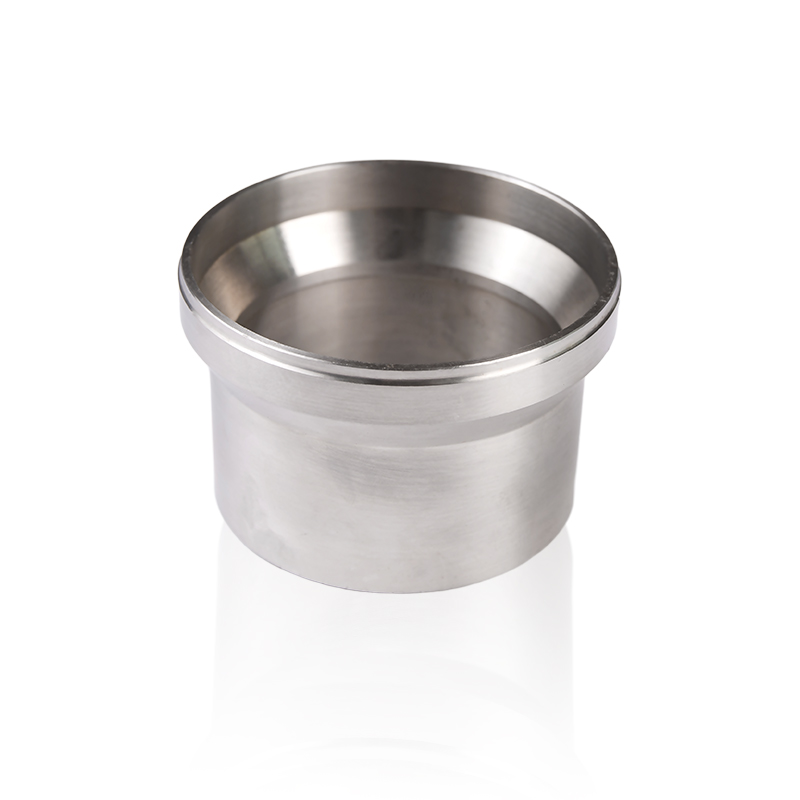Understanding the Materials and Corrosion Resistance of Pipe Joints
 2025.02.05
2025.02.05
 Industry news
Industry news
When it comes to connecting pipe joints, material choice plays a vital role not only in ensuring secure connections but also in determining the longevity and performance of the entire piping system. Whether you're dealing with threaded or socket joints, the materials these joints are made from will directly influence their ability to resist corrosion, withstand pressure, and function effectively in your application. But how exactly do these materials impact corrosion resistance, and why should you care? Let’s dive into it.
Threaded pipe joints are commonly made from materials like stainless steel, brass, or carbon steel. Stainless steel is often the go-to material because of its impressive resistance to corrosion, especially in environments that are exposed to moisture or chemicals. The chromium in stainless steel forms a protective layer on the surface, making it resistant to rust and pitting. Brass, a mix of copper and zinc, is also highly corrosion-resistant, and it's a popular choice for plumbing applications. However, it’s important to remember that brass can corrode in certain harsh conditions, particularly when exposed to chlorinated water, which can cause dezincification—a type of corrosion that weakens the material. Carbon steel, on the other hand, is known for its strength and affordability but requires proper coating or galvanization to protect it from rusting when used in wet or humid environments.
Socket joints, which are typically made from similar materials, often see a slight difference in application. Many socket joints are also constructed from stainless steel or brass, but there are also socket joints made from PVC, CPVC, or even cast iron, depending on the system's needs. PVC and CPVC joints are particularly well-suited for low-pressure systems where corrosion resistance is key, such as in water treatment plants or residential plumbing. These plastic materials are not susceptible to rusting like metals, but they do have their own limitations—mainly when exposed to UV light, high temperatures, or certain chemicals. Cast iron socket joints, while durable and long-lasting, do require periodic maintenance to prevent rusting and corrosion, especially when exposed to moisture.
When it comes to preventing corrosion, it's not just about the material itself, but also how the joints are treated. Many metal joints, for instance, undergo a coating process, such as galvanization or powder coating, to further enhance their resistance to rust. Galvanization involves coating the metal with a layer of zinc, which acts as a sacrificial anode—meaning it corrodes before the steel beneath it does. This method is commonly used for pipe joints exposed to outdoor or industrial environments where moisture is a concern. Powder coating provides a smooth, protective layer that not only resists corrosion but also improves the joint's appearance and provides an additional layer of protection against physical damage.

So, when choosing between threaded or socket joints, think about the environment your system will operate in. For systems exposed to constant moisture, high temperatures, or harsh chemicals, stainless steel or brass might be your best bet, especially when paired with protective coatings. For lighter applications or systems in dry environments, PVC or CPVC socket joints could offer a corrosion-resistant alternative. Ultimately, understanding the materials used in your pipe joints and how they interact with the environment around them can save you from costly repairs and system failures down the line.
The key takeaway? Corrosion resistance is all about the right material for the job. Make sure to consider your system’s unique needs and environment to select the most durable, corrosion-resistant pipe joints.





















